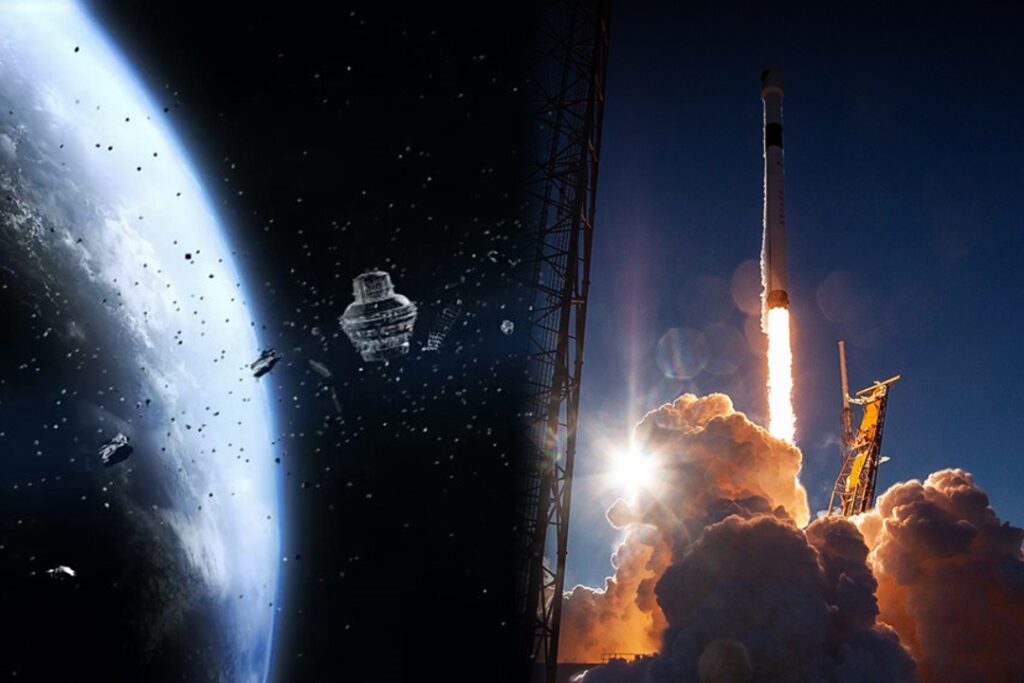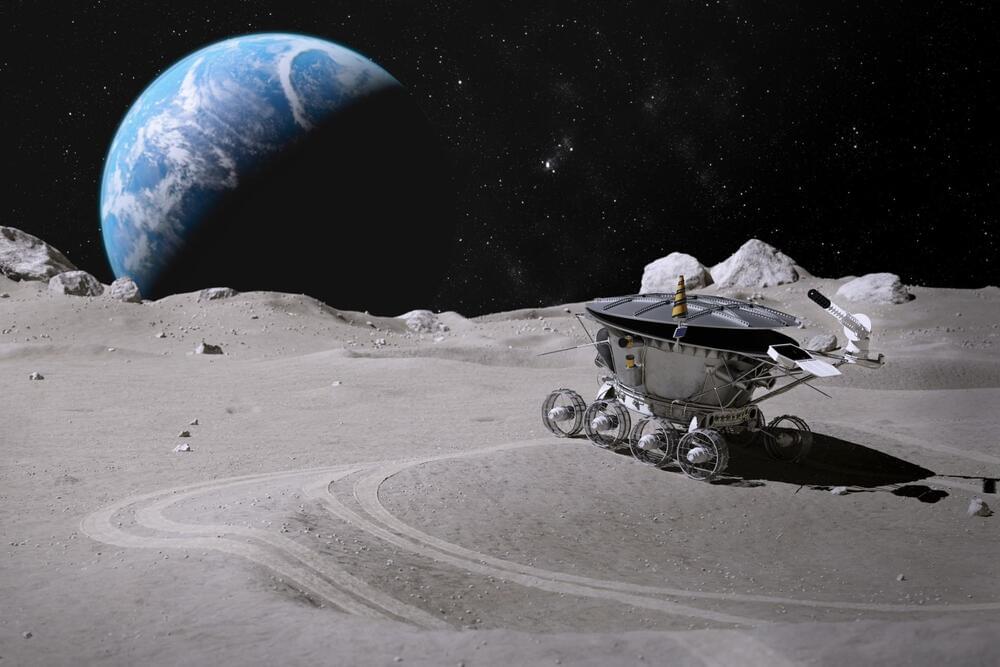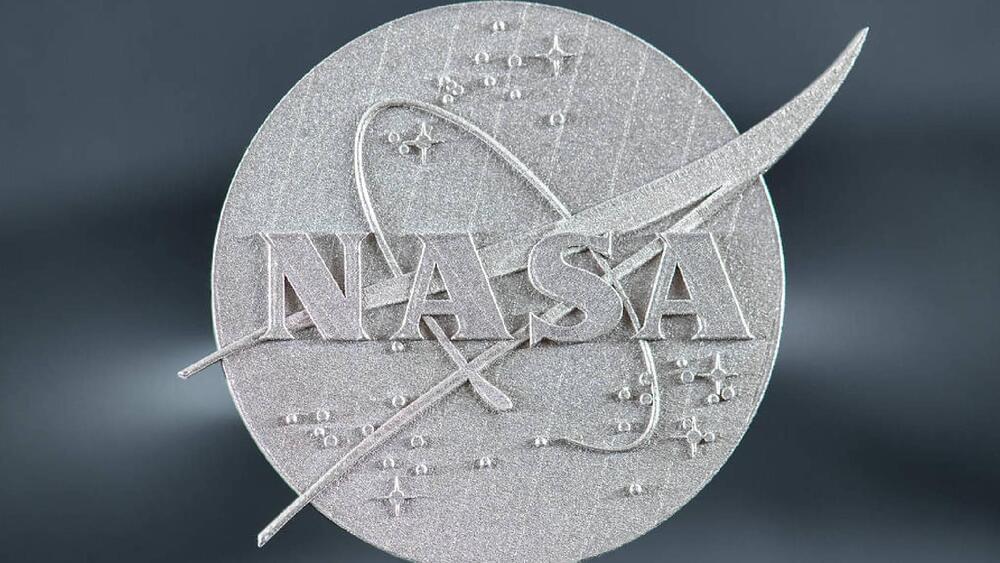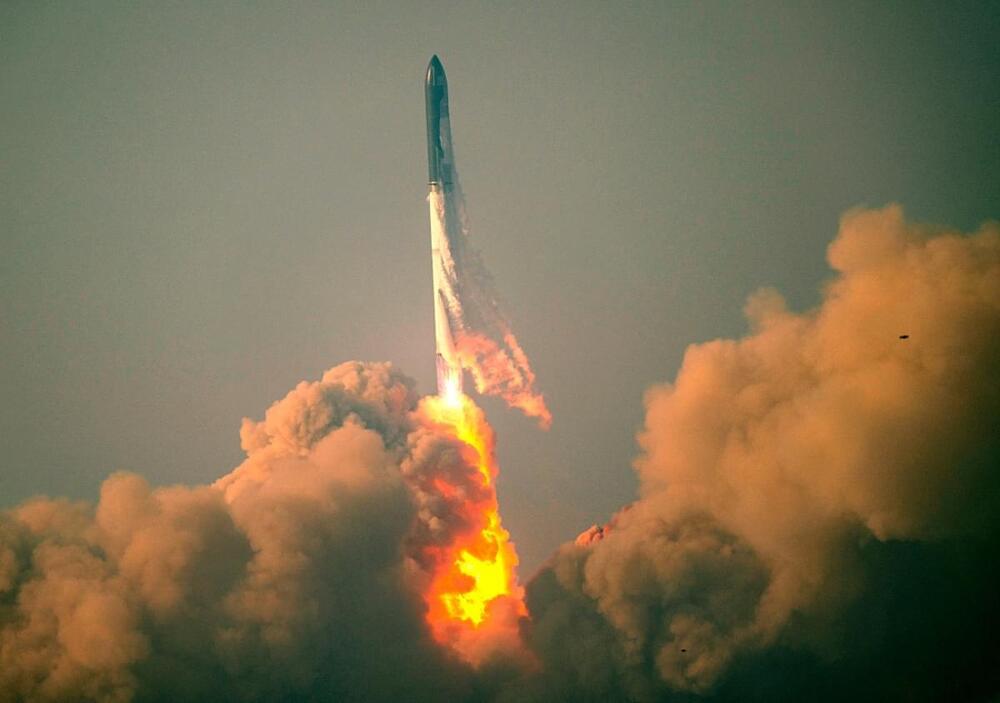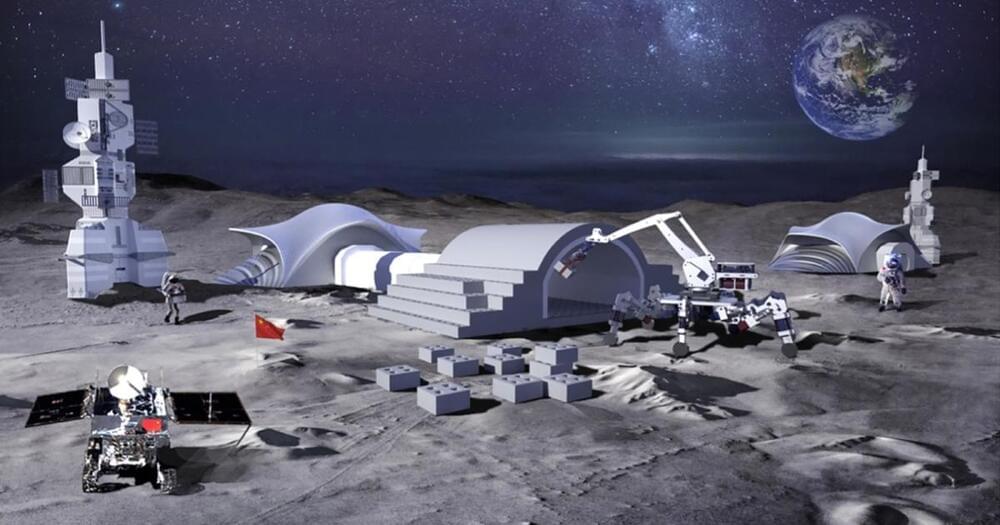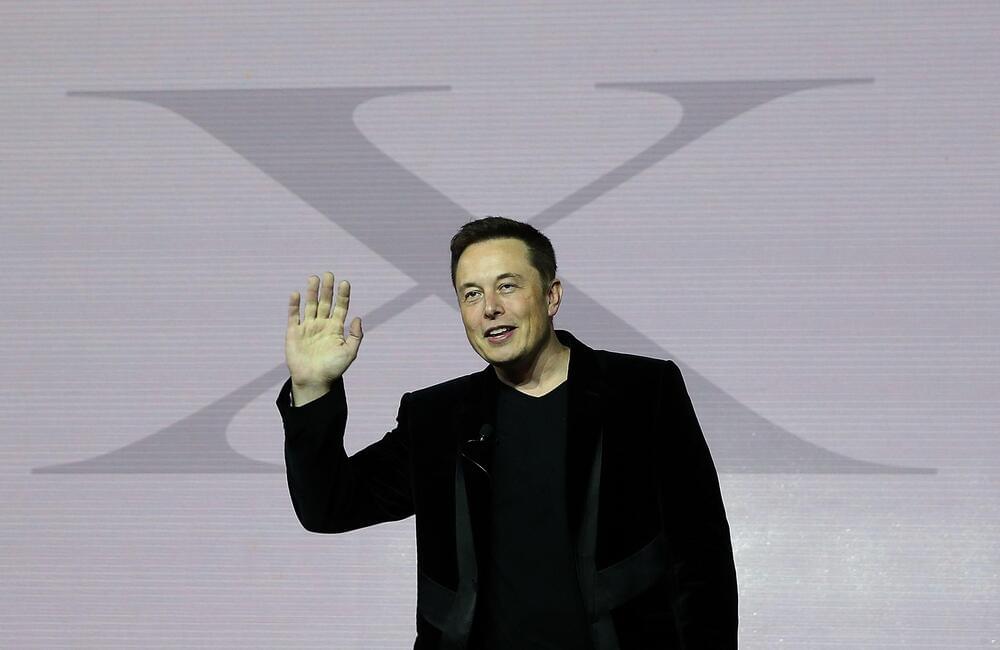The first-ever feature film shot in space has premiered on April 20, 2023 and Moscow is celebrating the achievement, considering it a victory over a rival Hollywood project amid rising tensions with the West. In October 2021, Russia dispatched an actor and a film director to the International Space Station to shoot scenes for a movie titled “The Challenge.” The plot of the film revolves around a surgeon who is sent to the ISS to save an injured cosmonaut. The filming took place during a 12-day stint onboard the orbiting laboratory. In a competition to produce the first feature film shot in space, the Russian crew emerged as the winners, surpassing a Hollywood project that was announced in 2020 by Tom Cruise in collaboration with NASA and Elon Musk’s SpaceX.
#TheChallenge #FirstMovieShotinSpace #Filmmaking #SpaceExploration #cosmonautics #InternationalSpaceStation #Roscosmos
